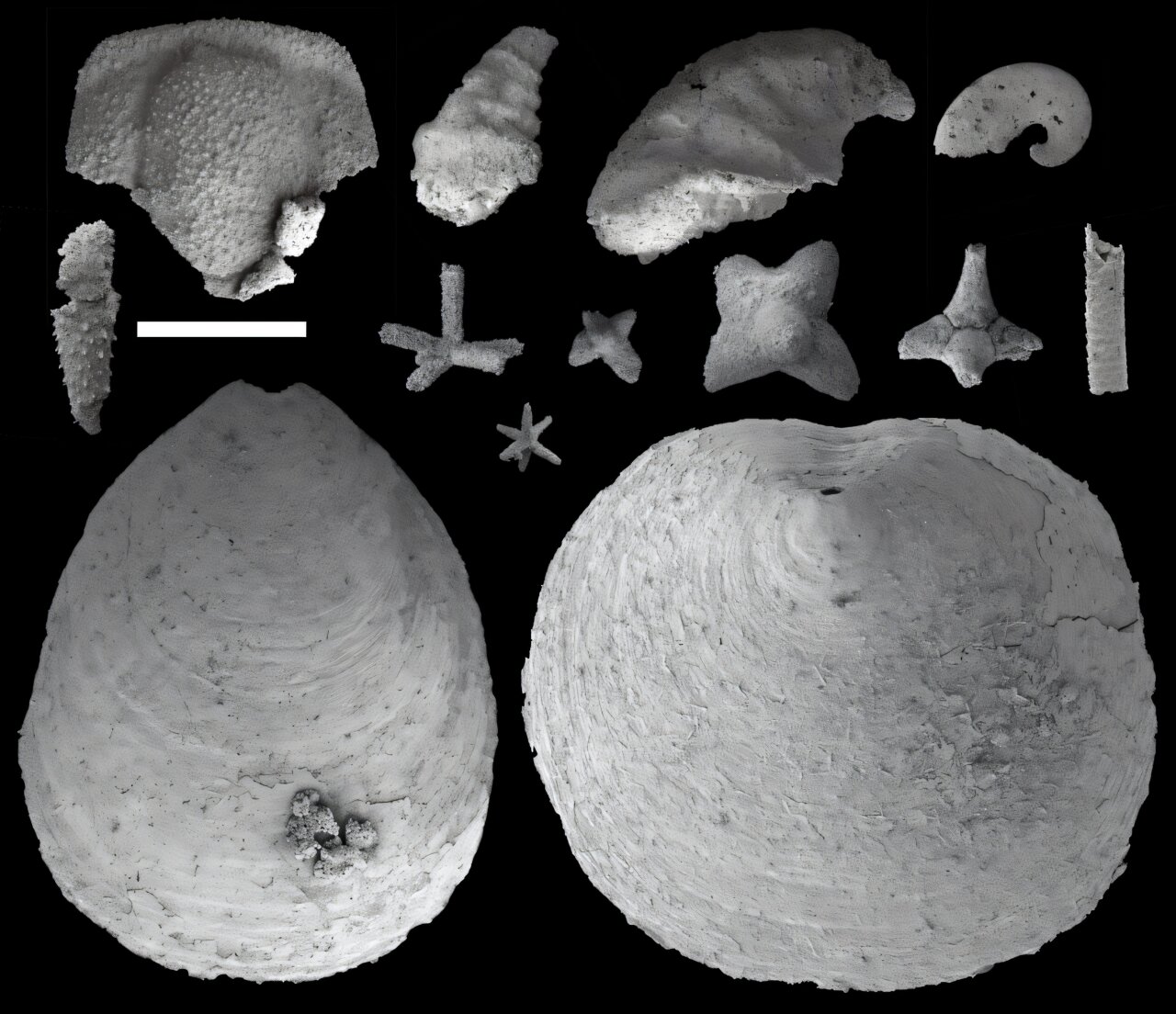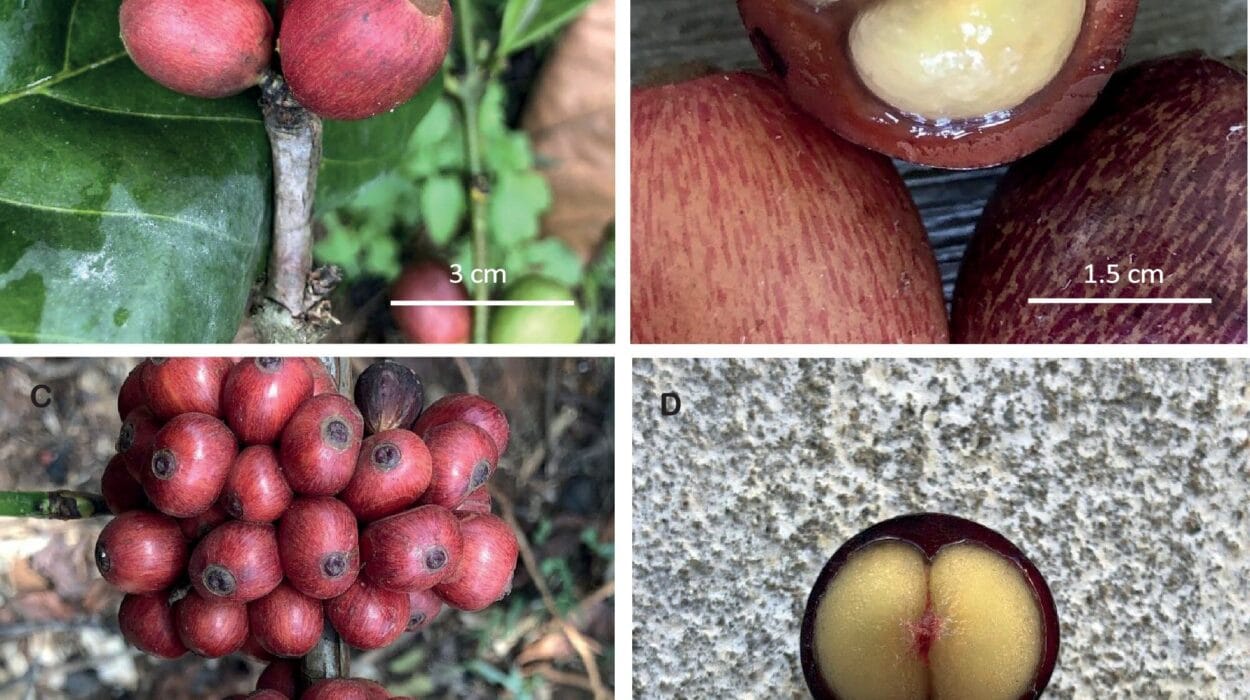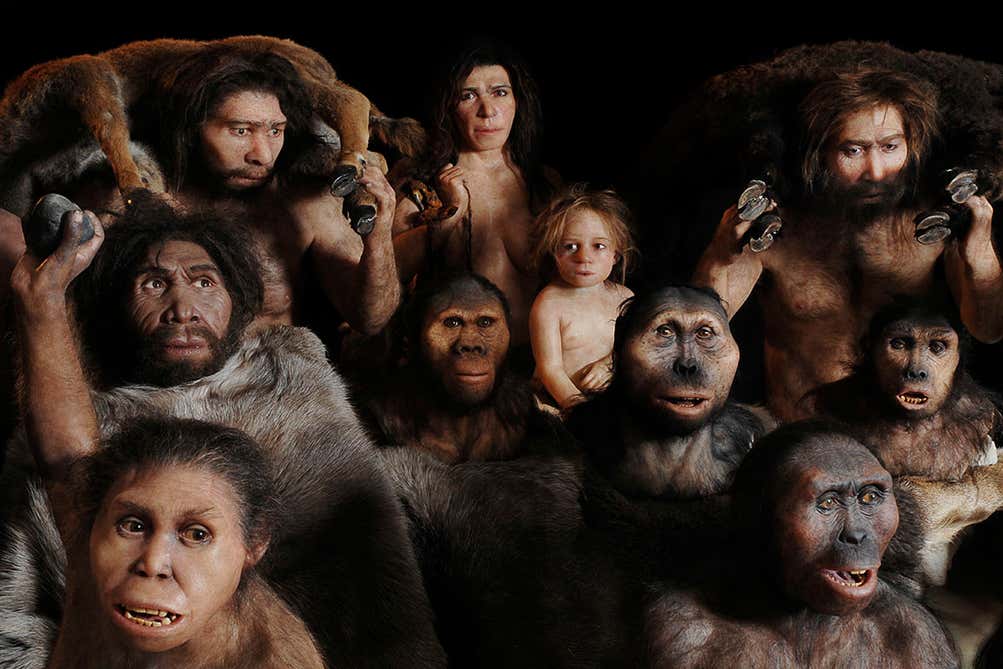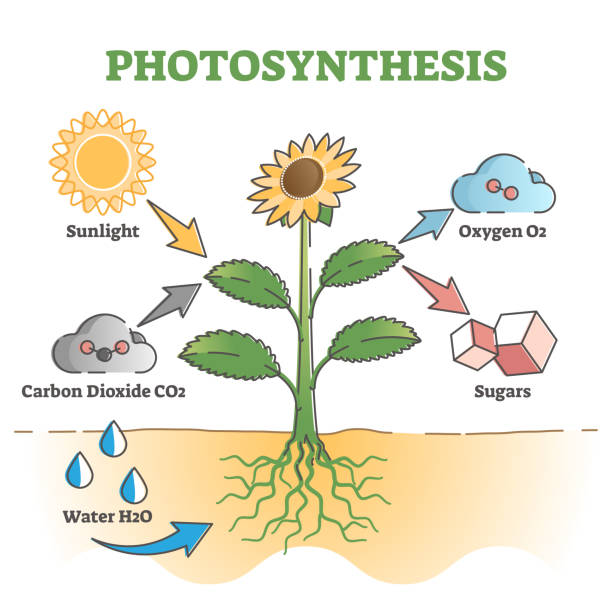Long before the first dinosaurs thundered across ancient Earth, and long before vibrant coral reefs cradled life in tropical oceans, a very different kind of marine world existed. More than 514 million years ago, in a place that’s now just north of Death Valley in Nevada, peculiar, bowl-shaped organisms called archaeocyathids were hard at work—building the planet’s earliest known reefs.
In a new study published in Palaeogeography, Palaeoclimatology, Palaeoecology, researchers from the University of Missouri have uncovered fascinating details about how these primitive reef-builders shaped their environment and influenced some of Earth’s earliest marine ecosystems. But what they found challenges a long-standing assumption: that all reefs act as oases of biodiversity.
Instead, these ancient sponge-like creatures may have lived in a very different ecological world—one where reefs did not necessarily mean more life, and where localized conditions mattered far more than structure alone.
Life Beneath the Waves—514 Million Years Ago
Imagine Earth in the Cambrian Period. The continents looked nothing like today’s. Land was mostly barren, lifeless rock. But beneath the waves, life was exploding in an evolutionary bloom. Small, shelled creatures—the first animals to develop hard body parts—crawled, drifted, and clung to reef walls in shallow seas. These “small shelly fauna” included early mollusks and arthropods, ancestors of modern clams and crabs.
In Nevada’s ancient seabed, preserved in layers of fossil-rich rock, these early animals left behind a story etched in stone. And for scientists like Casey Bennett, a graduate student in the Department of Geological Sciences at the University of Missouri, these rocks are more than history—they’re the closest we can get to understanding the architecture of life in its formative stages.
“With modern reefs, we expect biodiversity to drop off the further you move from the reef, because the reef acts as both shelter and food source,” Bennett explained. “But in these ancient reef systems, we didn’t see that. The distribution of life was patchy and inconsistent—suggesting something else was at play.”
A Reimagined Reef Ecosystem
The team analyzed fossilized communities preserved across multiple sediment layers and rock types. What they discovered was unexpected. While some species were present in huge numbers, overall biodiversity was relatively low. The pattern didn’t match what scientists typically observe around modern reefs, which teem with complex, interdependent lifeforms.
Instead, these Cambrian reefs seemed to be shaped by a combination of factors that went beyond the mere presence of a reef structure. In some places, tiny shelled creatures clustered densely; in others, they vanished almost entirely. Rather than boosting life all around them, these early reefs created microenvironments with highly variable conditions.
It was an ecosystem still figuring itself out—primitive, raw, and unlike anything in our oceans today.
“Just because we know how the world works today doesn’t mean it worked the same way back then,” said Sarah Jacquet, an assistant professor of paleontology and co-author on the study. “This research helps us step back and appreciate how life evolved under very different conditions.”
Ocean Currents, Rocks, and the Pulse of Ancient Waters
So what was shaping this underwater patchwork? The answer might lie in the motion of ancient seas.
Hydrodynamics—the way water flowed in and around these reefs—played a major role, the team believes. Unlike modern reefs that often foster life by providing food and shelter, these early structures may have influenced which organisms thrived simply by altering water movement. Currents could have carried some tiny animals away while trapping others, creating uneven ecological neighborhoods around the reefs.
“Potentially, this happened by preferentially removing or keeping certain faunas,” Jacquet said, “rather than the reef itself acting as a direct food source.”
Rock types also told part of the story. The team noticed that different sediments preserved fossils with varying clarity and composition. Some layers were rich in certain organisms, others devoid. These “sub-environments” may have helped specific creatures thrive while excluding others, further contributing to the mosaic of life on the ancient seabed.
Why This Matters in the Age of Coral Crisis
Though these discoveries seem distant—rooted in a world over 500 million years gone—they carry pressing relevance today.
Modern coral reefs, already under siege from warming oceans, acidification, and pollution, are among the most threatened ecosystems on the planet. Understanding how ancient reef systems functioned—and how different their roles were in supporting life—could offer a fresh lens for viewing the future of our oceans.
Reefs didn’t always serve as the bustling cities of marine biodiversity. They evolved into that role. And just as their function changed once, it could change again.
“By studying these early systems, we can better understand how life adapts to structure, to water movement, to climate—and how vulnerable or resilient these systems really are,” Bennett said.
The Living Stone of the American West
It may seem surprising that such ancient marine life is preserved in Nevada—a state known more for deserts than coral reefs. But half a billion years ago, this region was submerged beneath shallow, warm seas, part of a different world map entirely. Today, those seas exist only in fossil form, their stories hidden in sunbaked rock faces just north of Death Valley.
To unlock these stories, the researchers spent countless hours in the field, hiking through rugged terrain to collect rock samples, mapping out ancient seascapes with every fossil fragment they uncovered.
Their work is part detective story, part time travel—using modern tools to piece together a vision of ancient ecosystems that challenge assumptions and invite new questions.
What kinds of interactions did these early creatures have? Why did some species dominate, while others vanished? How did rising or falling sea levels influence diversity? And most importantly—how did the rules of life change as ecosystems evolved?
Looking Back to Move Forward
The findings from this study paint a picture not of a static, universal pattern, but of dynamic experimentation. Early reefs were not the universally life-giving engines we see today—they were complicated, inconsistent, shaped by currents, sediments, and the physical quirks of their time.
It’s a reminder that ecosystems are not born fully formed. They evolve. And with every new fossil layer unearthed, scientists gain another clue in understanding the deep, intricate choreography of life on Earth.
As the climate changes once again and modern reefs face an uncertain future, this research offers more than a glance into the past. It’s a call to humility—an acknowledgment that life has always responded to shifting forces in unpredictable ways. And if we are to preserve the living reefs of today, we must first understand the ancient reefs of yesterday.
Because sometimes, the key to the future lies buried in the stone bones of a forgotten sea.
Reference: Casey C. Bennett et al, Small shelly fauna biodiversity from reef-adjacent facies of the lower Cambrian Harkless Formation, Nevada, Palaeogeography, Palaeoclimatology, Palaeoecology (2025). DOI: 10.1016/j.palaeo.2025.112922






